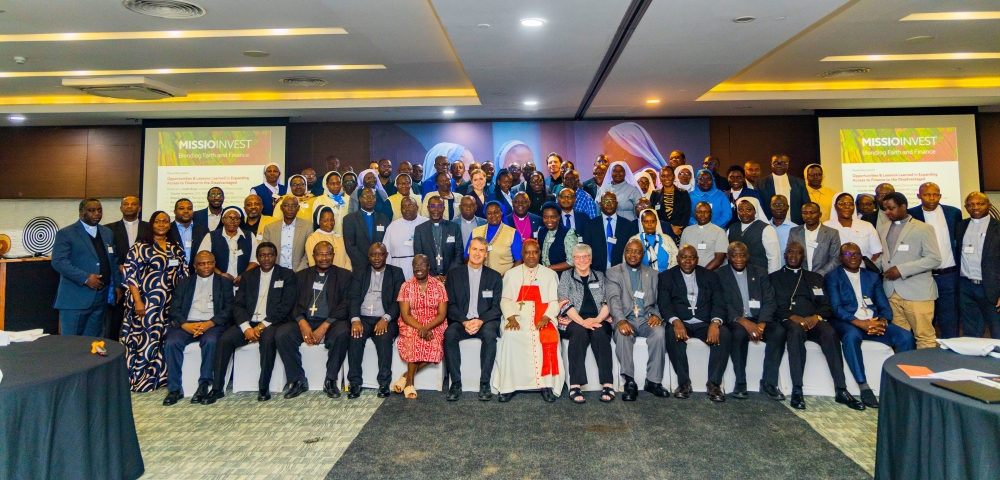Selling cooked beans has become common in most small holder retail shops around Kigali. It’s more like the new local version of a fast food culture.

Selling cooked beans has become common in most small holder retail shops around Kigali. It’s more like the new local version of a fast food culture.
Simply walk into a shop, with as little as 100 francs, and order for ibishimbo bitetse, (cooked beans), and the attendant will disappear into the darkness in the back room to get your order.
Come evenings, you will see a lot of women and children lining up at where cooked beans are sold with empty dishes. For some reason, people buying cooked beans usually wait for other shoppers to get done with their shopping before they can whisper their order. Yes, the order is usually whispered. Which is strange, considering that the same people order for uncooked beans forthright.
One woman revealed that cooked beans ease her cooking.
"Cooking beans takes time and a lot of charcoal. I have no time to cook beans at home because I spend the whole day at work. I am happy with this arrangement of cooked bans because I can now eat beans whenever I want.
The beans are usually just boiled, with salt. No spicing. What people do is spice them up with green vegetables and tomato salsa. The result; a tasty and nutritious culinary delight on an extremely tight budget.
Do not forget that Rwanda is one of Africa’s most densely populated nations, and relies on beans as the main staple food and source of proteins.
Beans in Rwanda are consumed on a daily basis by almost everybody. The very poor eat them as main course, while the well-to-do prefer it as a side dish to their meats.
No wonder they’ve been described as the ‘poor man’s meat’.
Rwandans are among the highest consumers of beans in the world, with average consumption at 50-60kgs per person every year.
They leaf too is eaten as a fresh vegetable, and seems to pair well with posho.
Rwanda also boasts one of the highest diversity of bean varieties on the continent. The variety ranges from color to type. For instance, there are bush beans, and climbing beans. There are about 35 different bean varieties cultivated in the country currently.
Most of the beans we eat in Kigali and elsewhere in the country are brought in from the Northern Province.
The bean fields in the Northern Province are a spectacle of their own. Because of the chronic problem of land pressure, most farmers have introduced the climbing variety, which allows for maximum use of limited land. In fact, in terms of land utilization, they can only be comparable to skyscrapers in cities.
Most of the bean varieties are named according to what they look like or other characteristics like weight. One variety is named ‘coltan’ because the beans are heavy and fetch more money just like the mineral coltan.




